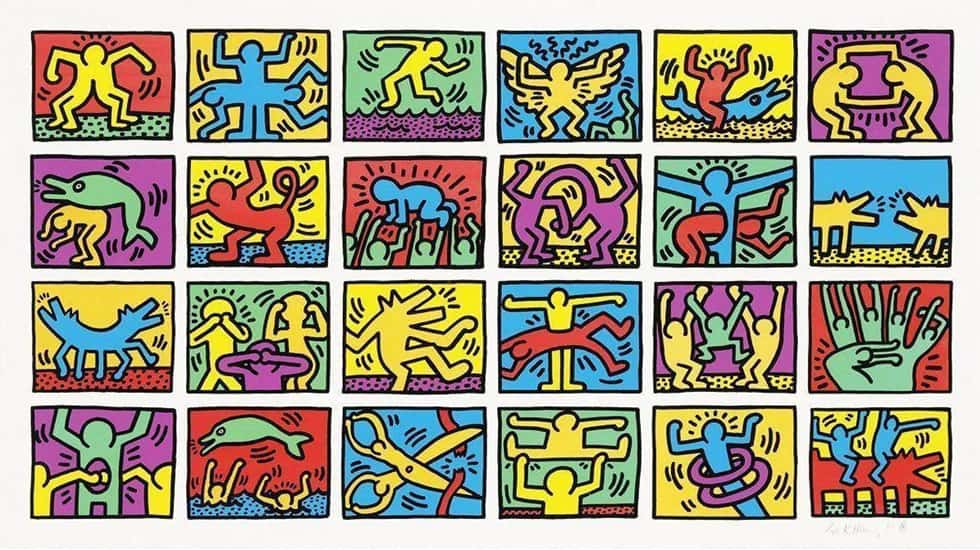

Keith Haring is part of a long but sporadic line of 20th-century artists who brought parts of popular culture, "low art," and things that weren't art into museums and galleries, which were once only for "high art", like modern art or classic art.
He helped redefine the concept of what is an artwork and was recognized as a brilliant artist during his (short) lifetime, as his contemporary, JM Basquiat.
He used the styles and places of street art like graffiti and murals, used bright and artificial colors, and kept the images simple to catch people's eyes and minds and get them to have fun while also thinking about major ideas and concepts. Furthermore, he made it possible for people to like more accessible artworks that seemed simple or even cartoonish and were made by artists with less training.
Haring's pictures and words, which looked simple at first glance, said a lot about issues like AIDS, drug addiction, illegal love, and apartheid. As both an artist and an activist, he showed that serious issues could be shown in a fun or at least lively way by using plenty of cartoonish images and bright, new colors.
Haring's dedication to clean lines and simple images gave figurative painting a new lease on life. This contrasted with the more abstract and conceptual styles of the generation before him and the more expressive gestural styles of the generation after him.
Haring showed that art and political messages could be shared with many people in public places that weren't usually thought of as art spaces. He gave street art credibility and legitimacy and brought it into fine art galleries and museums, which inspired a new generation of artists who move from the street to the gallery.